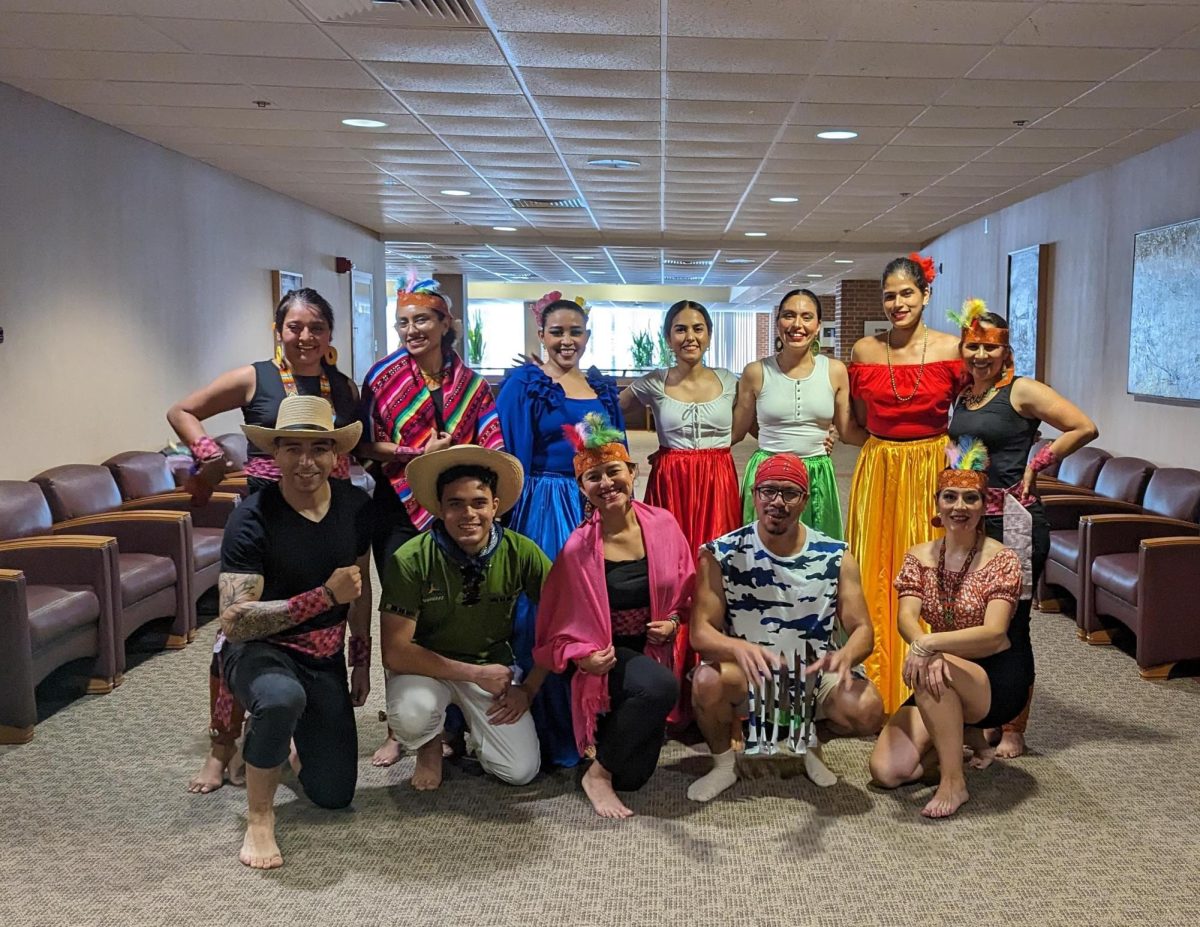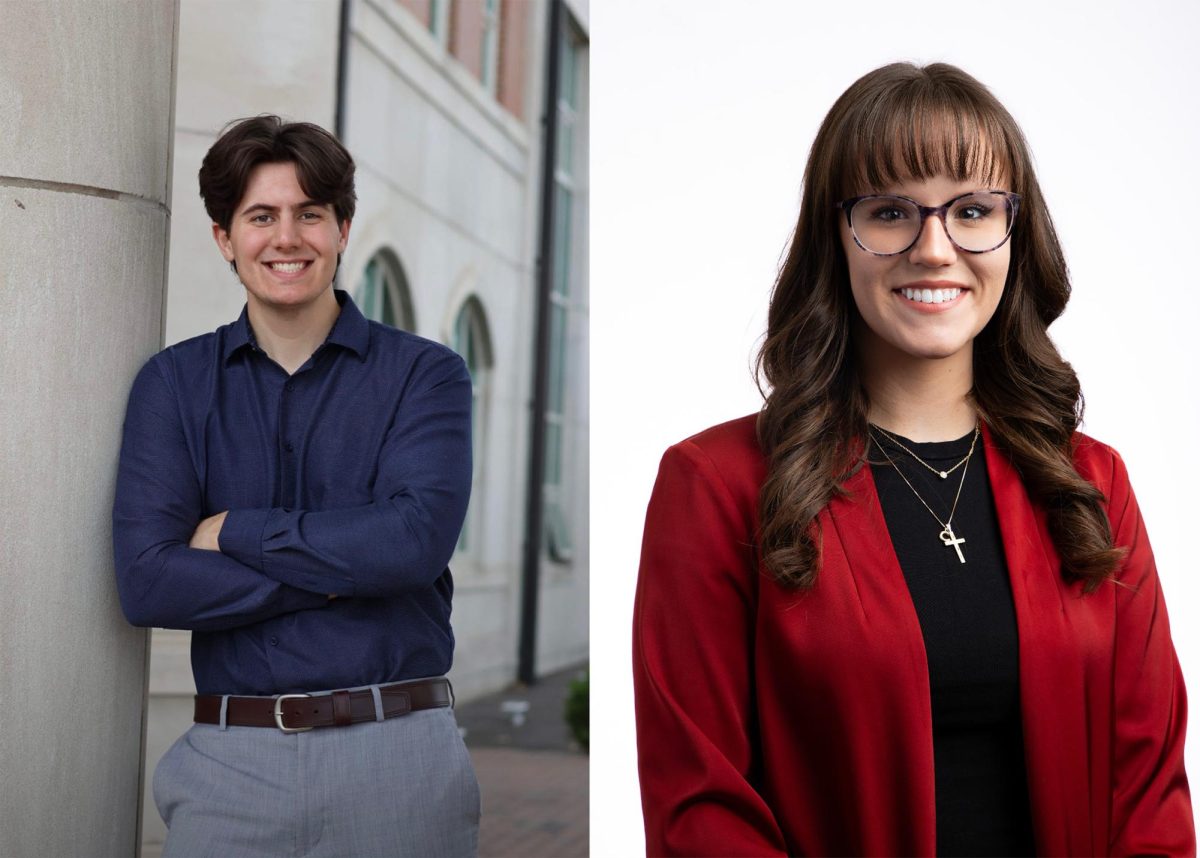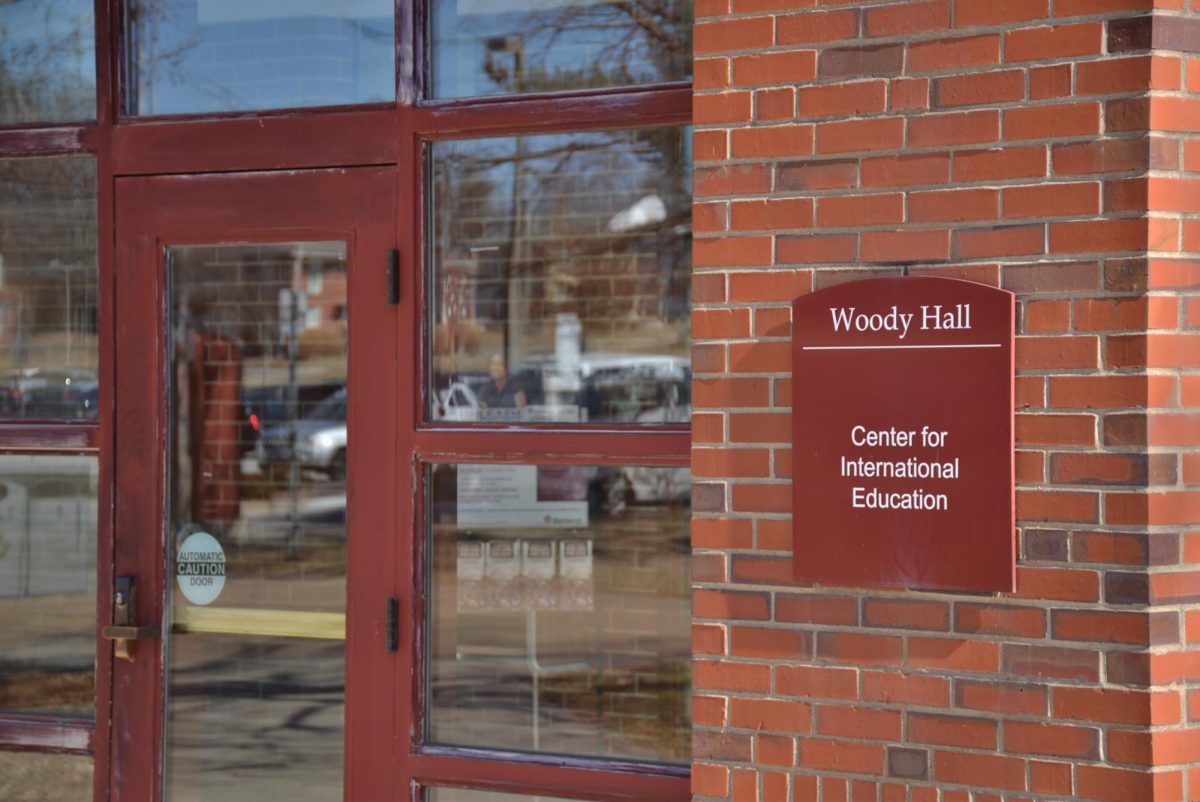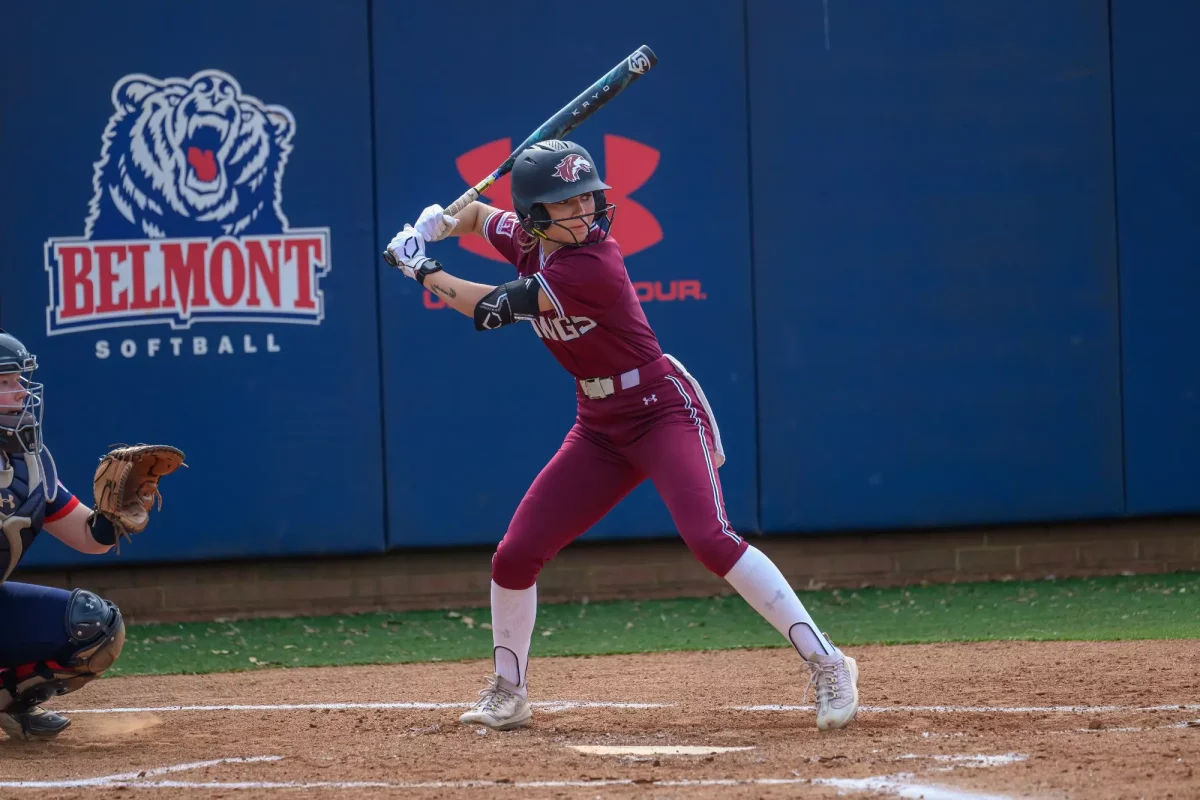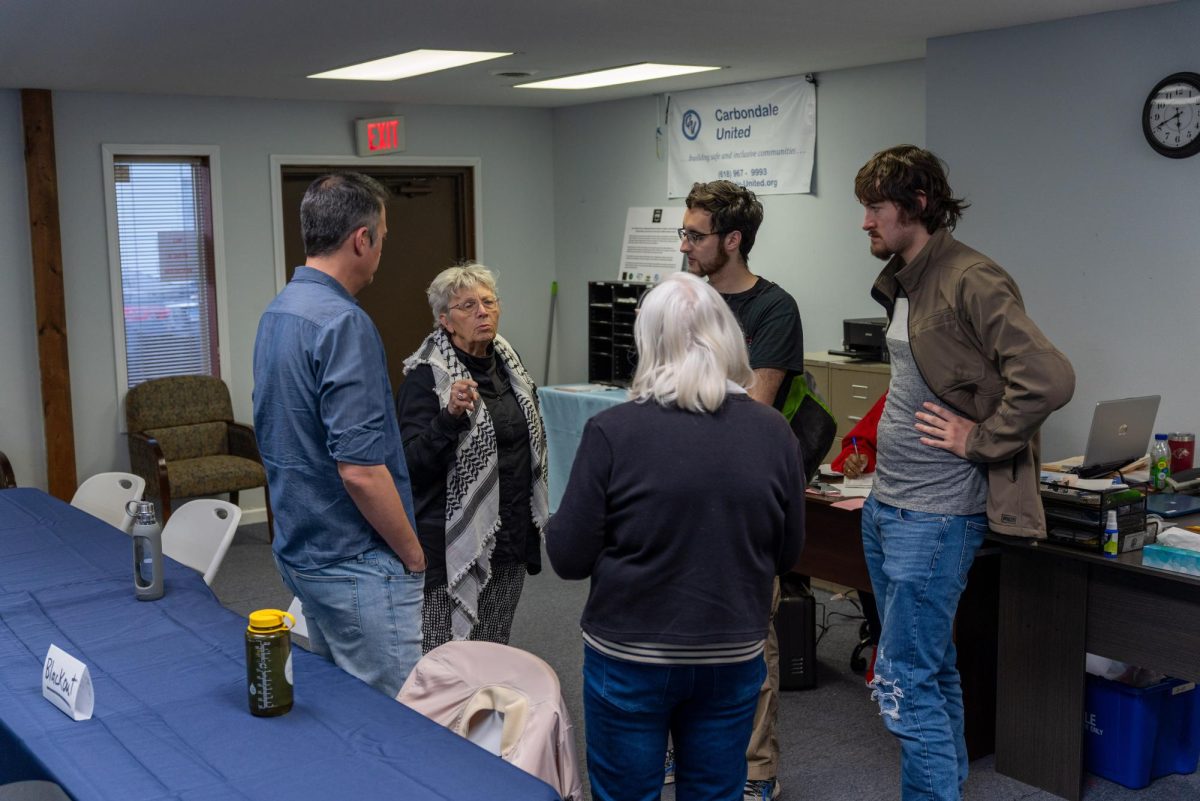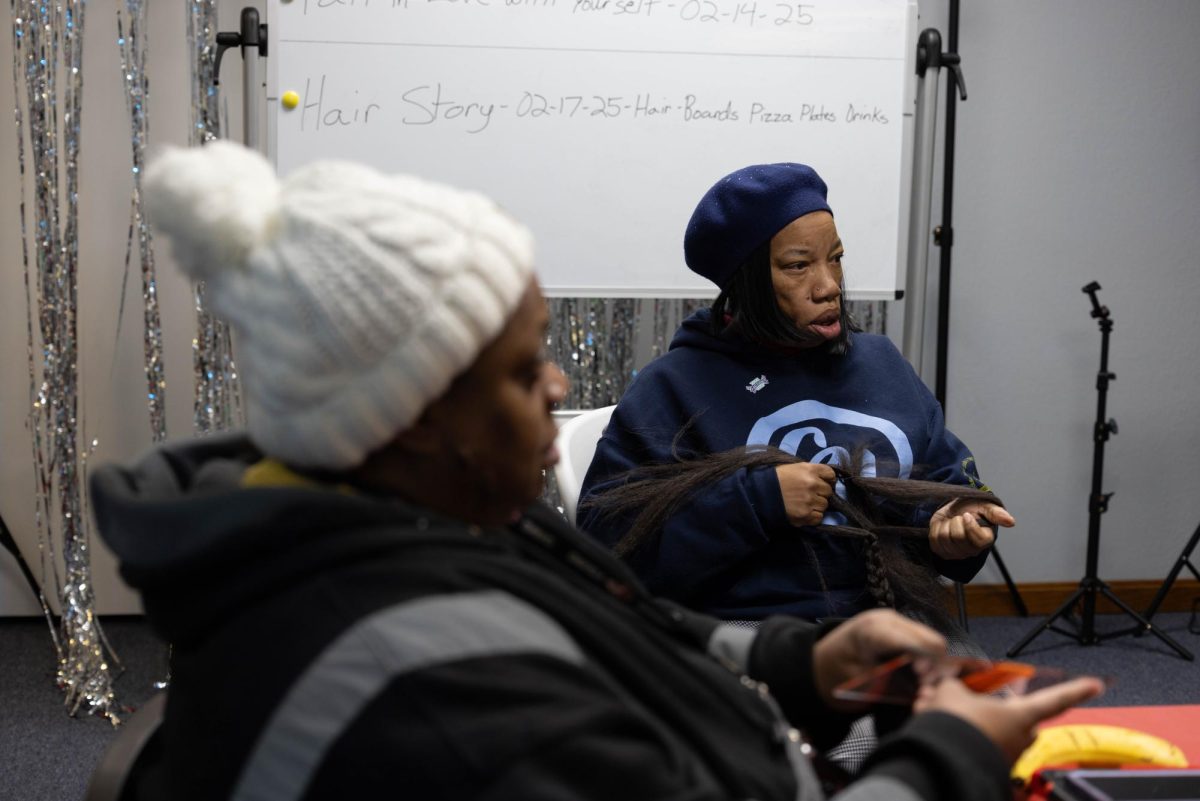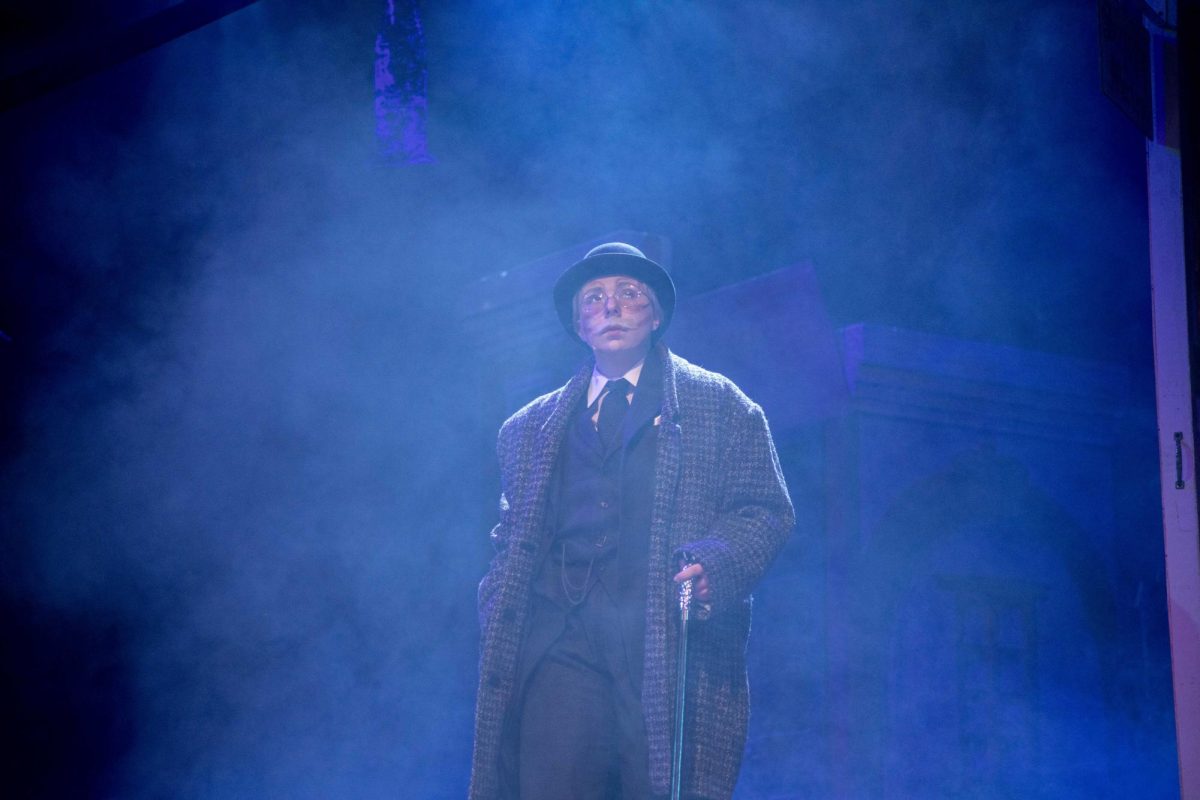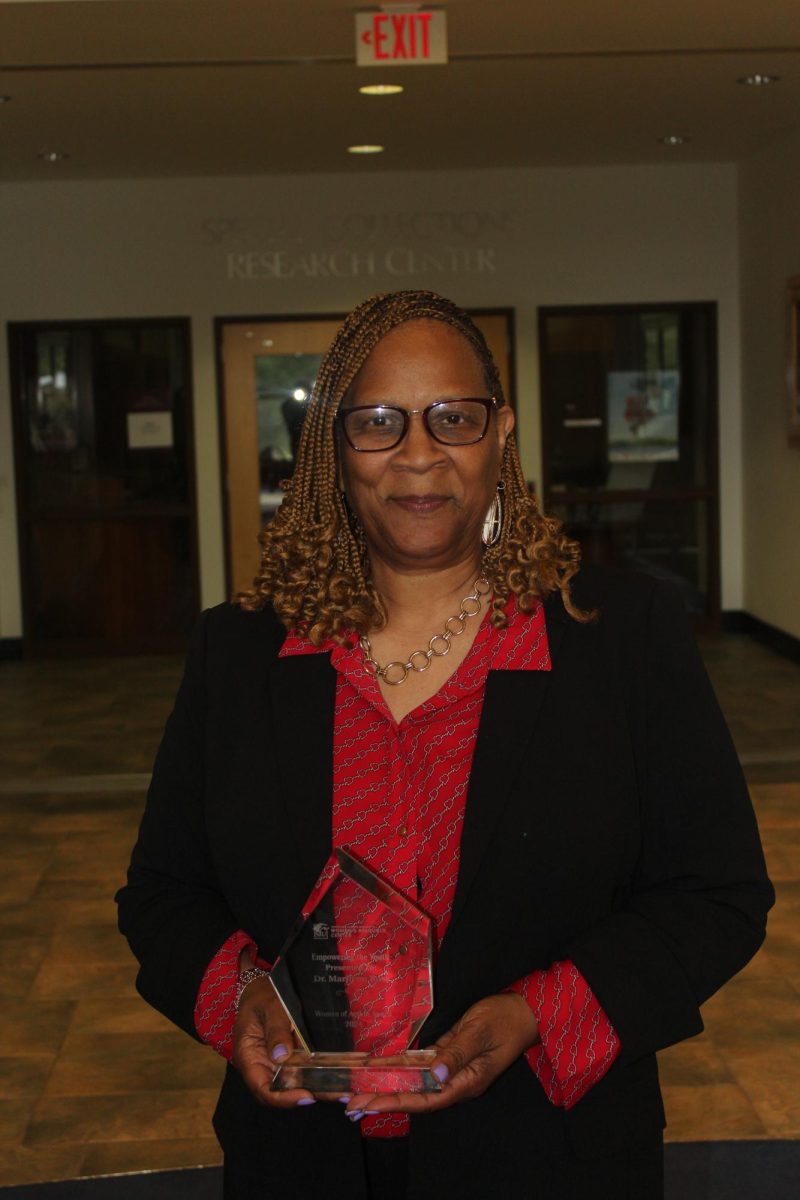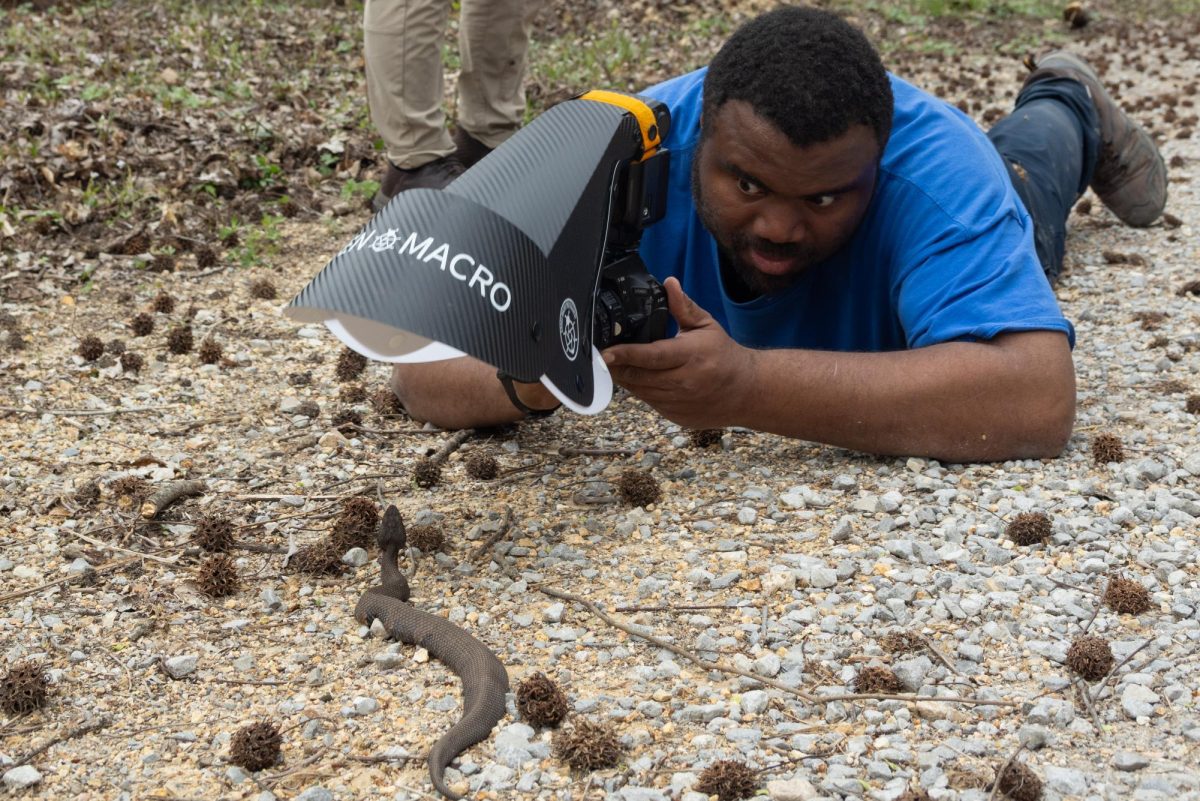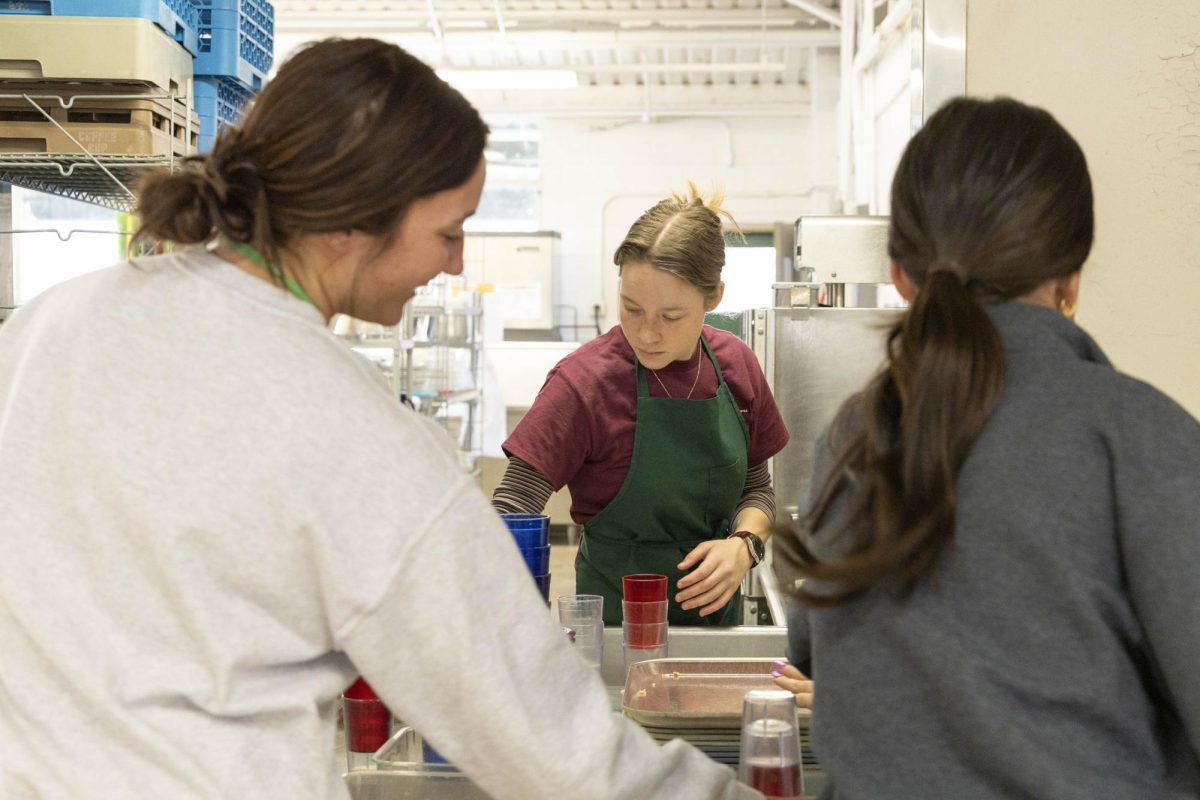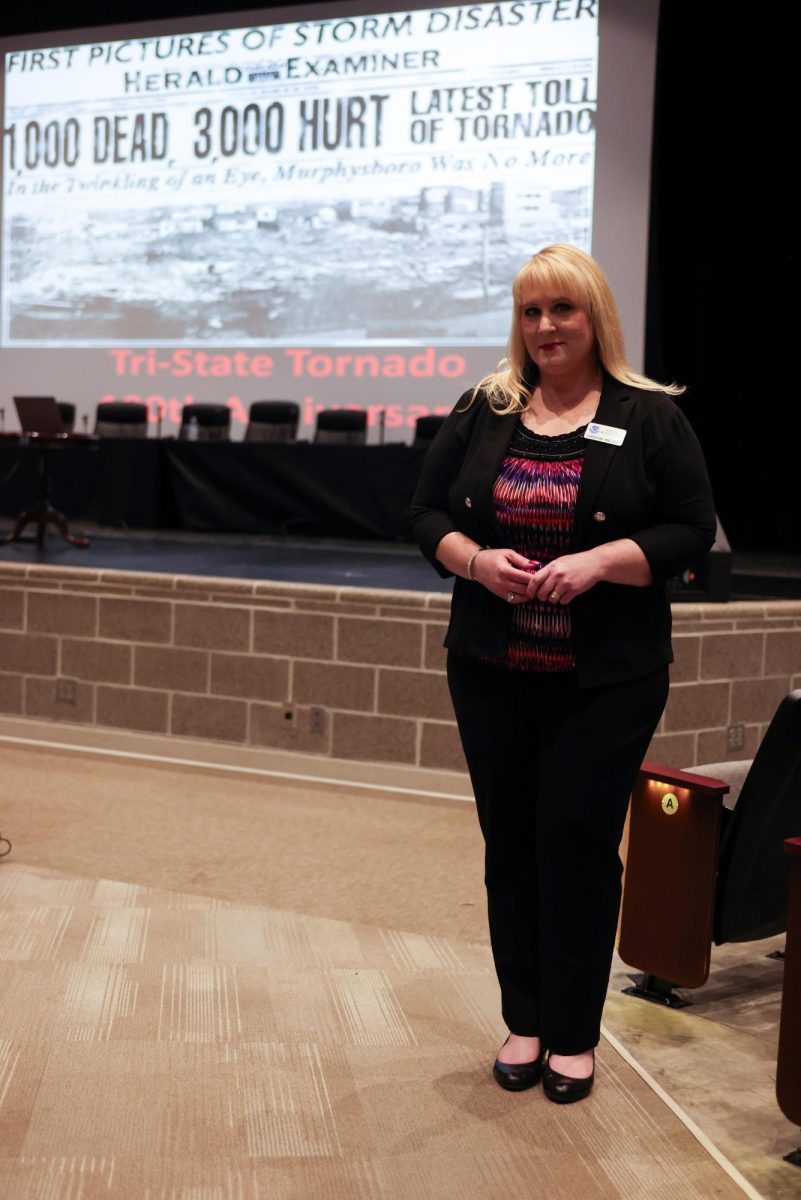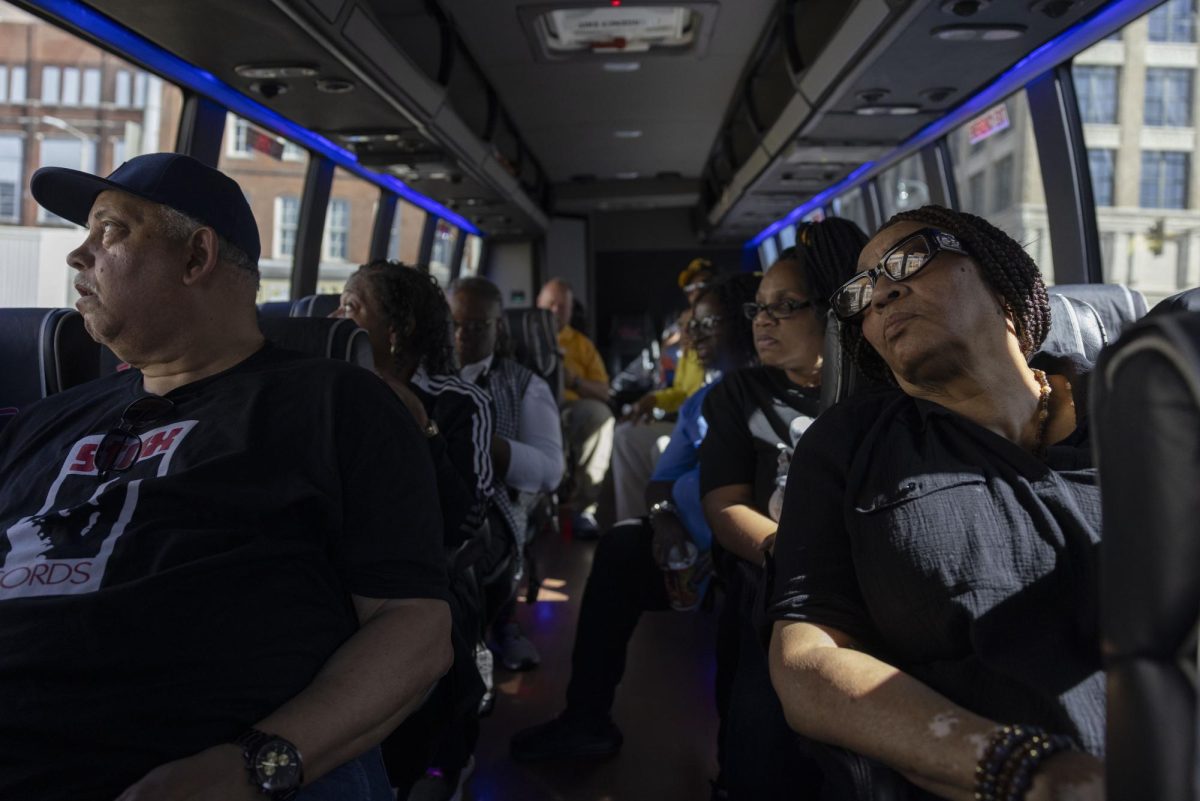SIU hosted its 48th annual World Languages and Cultures Day on Oct. 3 in the Student Center to encourage local high school students to learn more about various languages and cultures from all over the world.
Rachel Wolters, one of the main organizers of the event, said, “This event not only celebrates the languages and cultures that students can learn about and study at SIU, but it’s also a very fun and engaging event. You could feel the energy in the ballrooms during the welcome, and that level of excitement continued throughout the morning.”
She said organizers wanted to offer some of the popular sessions from previous years, while also including new and interactive sessions. Students could once again write their names in multiple languages such as Chinese, Japanese, Arabic, Hindi and the International Phonetic Alphabet. They could also attend popular dance sessions, getting exposure to music and dances of various cultures. New musical offerings this year included sessions led by the Japanese Music Club and Japanese Folk Dance.
Advertisement
“It is very important for all of the programs within the School of Languages and Linguistics to be represented within the breakout sessions, too, so high school students and teachers had the opportunity to meet faculty and graduate students from all of the programs and specializations, including American Sign Language, Chinese, German, classics, Japanese, Spanish, linguistics and teaching English as a second language,” Wolters said.
This year, 1,000 students from 14 different high schools in the surrounding area took part in the event.
“The students who attend this event are already learning another language, so this event brings together all of these students in one place,” Wolters said. “Learning another language, and learning about other cultures, is beneficial for all individuals, whatever they plan to do or study after high school.”
Language teachers from those high schools also attended and got both the opportunity to take part in the activities, as well as receive information about teaching methods and strategies that can be implemented in the classroom.
“Visiting teachers could attend any of the sessions, and we also offered a specific teacher session this year about artificial intelligence, led by the Center for Virtual Expression,” Wolters said.
Each of the rooms featured a lecture, performance or activity about a different country or language.
Ulises Alaniz shared a presentation about Nicaraguan Sign Language, which is one of the youngest languages in the world.
Advertisement*
“Before the 80’s there was no sign language in Nicaragua. The Deaf were isolated and most likely used a limited number of mimics to communicate with others. In the 80’s the Nicaraguan government opened a school in Managua to educate children with disabilities,” Alaniz said.
It was the first time Deaf children were able to interact among themselves, Alaniz said.
“They put together the mimics they used and created something like a pidgin language. The younger generation of Deaf took this language and made it more complex. That was the beginning of NSL,” Alaniz said. “When linguists from the States arrived at Nicaragua to figure out what was happening with Deaf children, they found out that a new language was being created before their eyes. This is unique in recent human history.”
Alaniz wanted to share this topic and help explain the frustration that Deaf people experience when they don’t have access to information.
“Almost everywhere they go, they find people speaking to them and not willing to make communication accommodations for them. I believe that more Hearing people should learn the local sign language to make that Deaf people feel included and appreciated,” Alaniz said.
Michael Olsen, assistant professor of practice in the School of Languages and Linguistics, hosted a presentation titled, “Y’all, Y’inz, You’se Guys: Where You’re From, How You Talk, and Why it Matters.” It introduced students to the ways linguists define American dialects.
During the presentation, vocabulary and pronunciation differences between regional varieties of American English were covered.
“The most important part of my presentation is the recognition that all varieties of any language are valid linguistic systems that perform the important roles of communicating information as well as social meaning,” Olsen said. “We also discuss[ed] how people form impressions of so-called non-standard varieties, often making unfair judgments of ‘good’ or ‘bad’ language, that are in no way based in linguistic reality…Whether you’re from the North or South, a big city or a rural area, of European descent or a person of color, your language is an important part of who you are.”
Students were also given the opportunity to learn about origami and got to participate in the making of paper balloons with Ayana Kadota, a member of Japanese Table, a student organization at SIU.
“This event was a good opportunity for the students to deepen their understanding of various cultures,” Kadota said. “In particular, the U.S. is a country where people of various races and cultural backgrounds gather, so I think understanding and respecting different cultures are essential to creating a society where everyone can live happily.”
Kadota said she was able to experience cultural differences in this country by teaching the culture of her own country, Japan.
“When I entered the classroom to introduce this culture to students, all the seats were filled and even people were sitting on the floor…I was impressed that they were so interested in my culture,” she said.
Detailed information about the Japanese Table and the opportunity to learn about Japanese language and culture, can be found on Instagram @siucjapanesetable.
Music of numerous cultures was a large highlight of the event as well, since sharing music gives people insight into another way of life. Traditional dances were also performed and incorporated cultural music with movements and costumes to truly share the unique nature of each community.
SIU’s Latin American Student Association shared traditional Latin dances with performances from their dance team. They included traditional dances from countries such as Honduras, Costa Rica, Colombia, Ecuador, Peru, Bolivia and Brazil.
“During our dance performance of mostly traditional dances, SIU students and faculty could see how diverse and rich Latin American culture is,” Selena Moya, President of LASA, said. “Our goal in performing these dances was to showcase that Latin America is more than popular rhythms such as salsa or reggaeton.”
Moya said the best part was seeing her peers perform and seeing their excitement to share their traditions through dancing.
“I enjoy meeting US-born Latinxs and Latinxs coming from different countries and backgrounds. Sharing with different types of Latinxs makes one realize we are all different and yet the same,” she said. “This is why I like the term Latinidades which addresses the fact that there is no one way to be Latino/a. We come in different linguistic forms, colors, and shapes.”
More event opportunities with LASA can be found on both their Instagram – @lasasiuc – and Facebook.
Students were highly encouraged to take more language classes in the future and to participate in, or simply appreciate the diverse cultures of places around the world.
“I hope many of the students that came to this event eventually decide to learn other languages, come to SIU to study linguistics, and get to travel around the world so they are enriched through the exchange with other cultures,” Olsen said.
Advertisement



